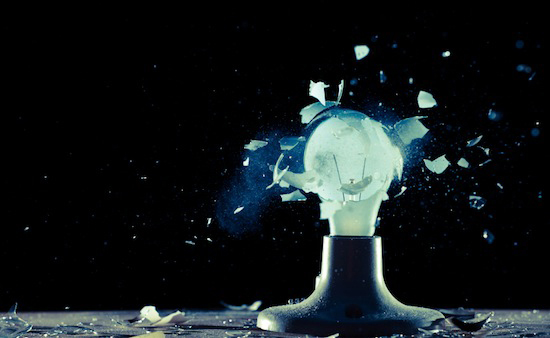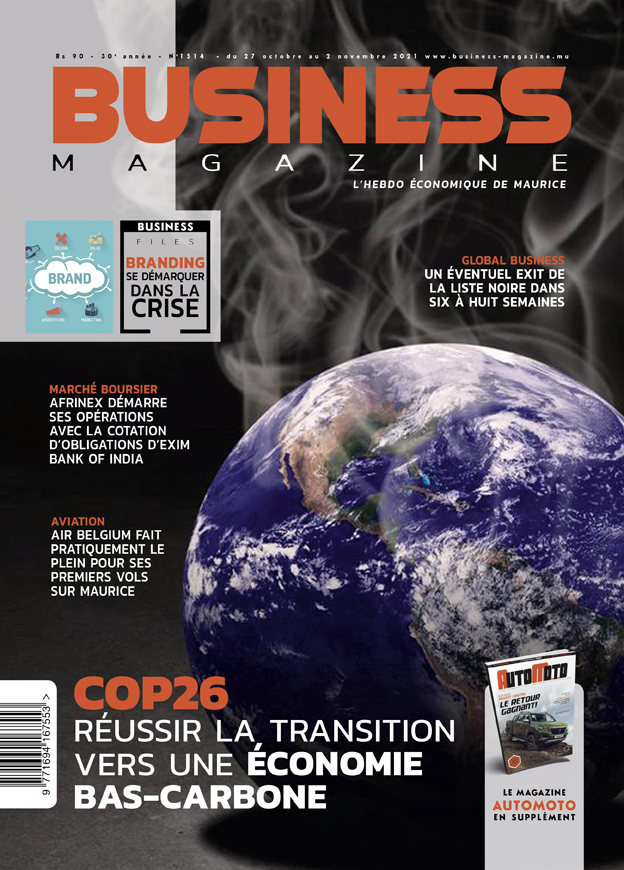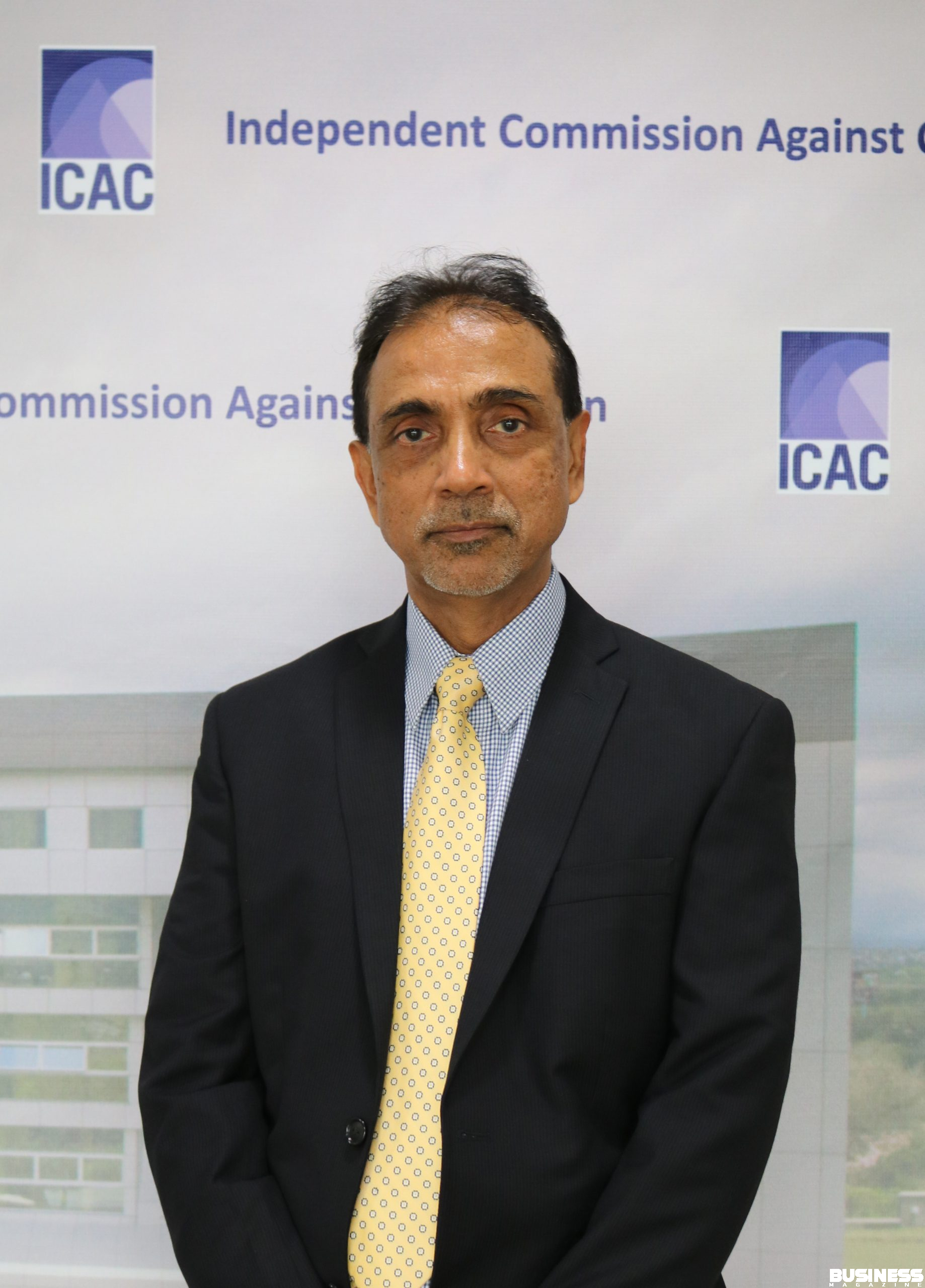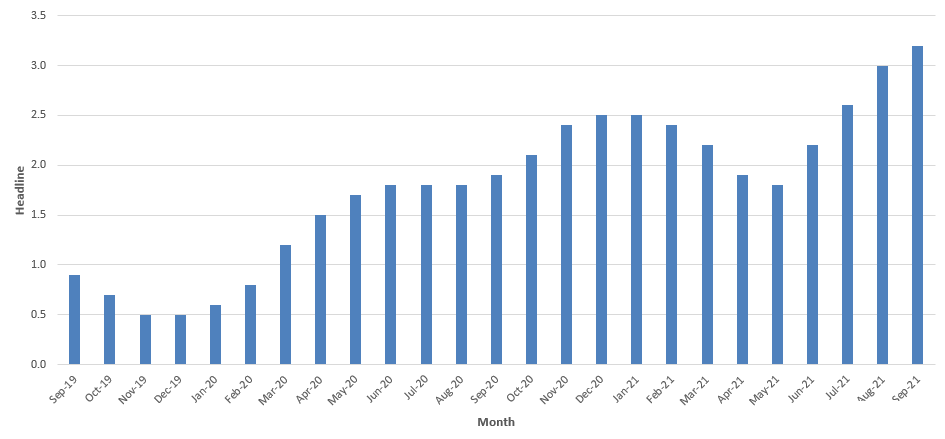Budget : creative destruction
Share

With Pravind Jugnauth taking the portfolio of Finance and Economics for the third time, the opportunity for creative destruction could not be more pertinent. In a few days, he has no choice than to present a budget that will meet the general expectation of the nation. He has to rise above all circumstances to create a propitious climate for growth, investment, employment and good governance, but above all generate a climate of confidence. He has to persuade the business community through his policies to redirect their investment back home first, and only use the surplus or remainder to invest abroad. To do so, he has per force to carry out some creative destruction. He has in the budget the most efficient weapon to reverse negative trends and achieve the main economic and political goals while meeting essential social goals of the nation.
The Budget fulfils four main functions: accountability of expenditure, legal, constitutional and political,and an instrument of socio-economic development.
This paper focuses only on the last aspect which can be partially achieved through creative destruction. Going back in religious and philosophical history, the concept of creative destruction is traceable to Hinduism: Lord Shiva is seen as a consistent vision of change, “the transformer,” is both creator and destroyer, the fearsome and beneficent agent of transformation in the world. This fundamental concept of change and innovation was borrowed by the German philosopher Herder, and subsequently by Hegel in his dialectic of history before Karl Marx adopted the dialectical principle of economic or material change.
The modern concept, coined in 1942 by the Austrian economist J. Schumpeter, focused on how innovation (and technology) transforms an economy. When investment is injected in the economy, it triggers change in the market and unleashes a new dynamism. The result is perceived as disruptive before the transformation generates a new wave of dynamism.
At the macroeconomic level, the country faces a middle-income crisis with moderate growth, unlikely to exceed 4%, based on the author’s application of the Solow Growth Model and the Input-Output techniques, all of which the product of economic Nobel laureates. Addressing the burning and burgeoning socio-economic problems facing the nation necessarily involve (i) creative destruction; (ii) a paradigm shift; and (iii) an implementation of governance and meritocracy principles as stated by the Prime Minister and the political manifesto.
Most of the macroeconomic variables are in orange and are lacklustre: the savings rate continues declining, and, worse, Gross National Savings are falling. Unemployment rotates around 8%, representing a forgone loss of at least half of one per cent of GDP, assuming that non-accelerated inflation rate of unemployment is around 4.5%. This implies clearing an accumulated stock of unemployment of some 27,000 in addition to paving the way for absorbing an annual flow of some 10,000.
Inflation so far had been low to moderate. However, the Bank of Mauritius’ latest forecast indicates a possible increase in the months to come. The budget deficit is likely to fall short of the Maastricht Treaty criterion, and in the given situation would most likely exceed 3%. Public debt is in serious danger zone, leaving the Minister of Finance little room to manoeuvre. Worse, the constraining legislation to bring public debt to 50% of GDP may represent obstacles to expansionary policies and limit scope for development.
Regrettably, Pravind Jugnauth may have to undo some former policies including the nomination of key persons placed in influential positions; they are a drag to the economy. His predecessor, blinded by spasms of nostalgia, was under the illusion of duplicating the success story of the 1980s, little realising that the economic structure has undergone dramatic changes owing to globalisation, elimination of shielded markets, demographic stagnation and technological transitions. Pravind Jugnauth will have to go for destructive creation and inject new blood to shift to a higher level of sustained economic development without defacing the environment.
With the creation of several smart cities on the strength of foreign investment, Port-Louis will benefit from low congestion and greater space but will also be fraught with the undesirable consequence of neglect, low rate of renovation and poor environment. This paper advocates an implementation of renovation economics which in the US account for over 1% of its GDP. This implies destroying to create in many instances. Port-Louis is a well-planned city with a combination of a grid system and a concentric approach, effected at the time of Labourdonnais, watered by at least four major canals to avoid flooding.
All the pavements have to be destroyed and re-created through enlargement, proper drainage and absorption of local materials and local labour. With enlightening advance in construction technology, better manpower, Port-Louis can be endowed with an undreamt aesthetic power, an enhanced stock of social wealth giving pleasure to all pedestrians: the citizens, tourists and visitors/workers. This single project can take over five years and can absorb 2,000 direct jobs without taking into account the indirect and indirect impacts.
Of course, this is just one example to think out of the box and re-create the high-growth trend to achieve the high income status that Pravind Jugnauth wants the second time he became Minister of Finance, a loss of five years which his successor failed to achieve. In other countries such strategic plan is implemented through ‘Community Project’ while Pericles in the Greek period justified such development as the need to add a dose of aristocracy to development, explaining why ancient Greece had so many monuments! Benefits of the present suggestion, which requires a COBA, include (i) a reduction in unemployment; (ii) a transformation of Port-Louis leading to more tourists and visitors; (iii) higher economic growth; and (iv) a potential ‘export’ of the project idea to other cities. Here is an opportunity for Pravind Jugnauth to leave his prints for posterity. Pravind Jugnauth has to dare!









